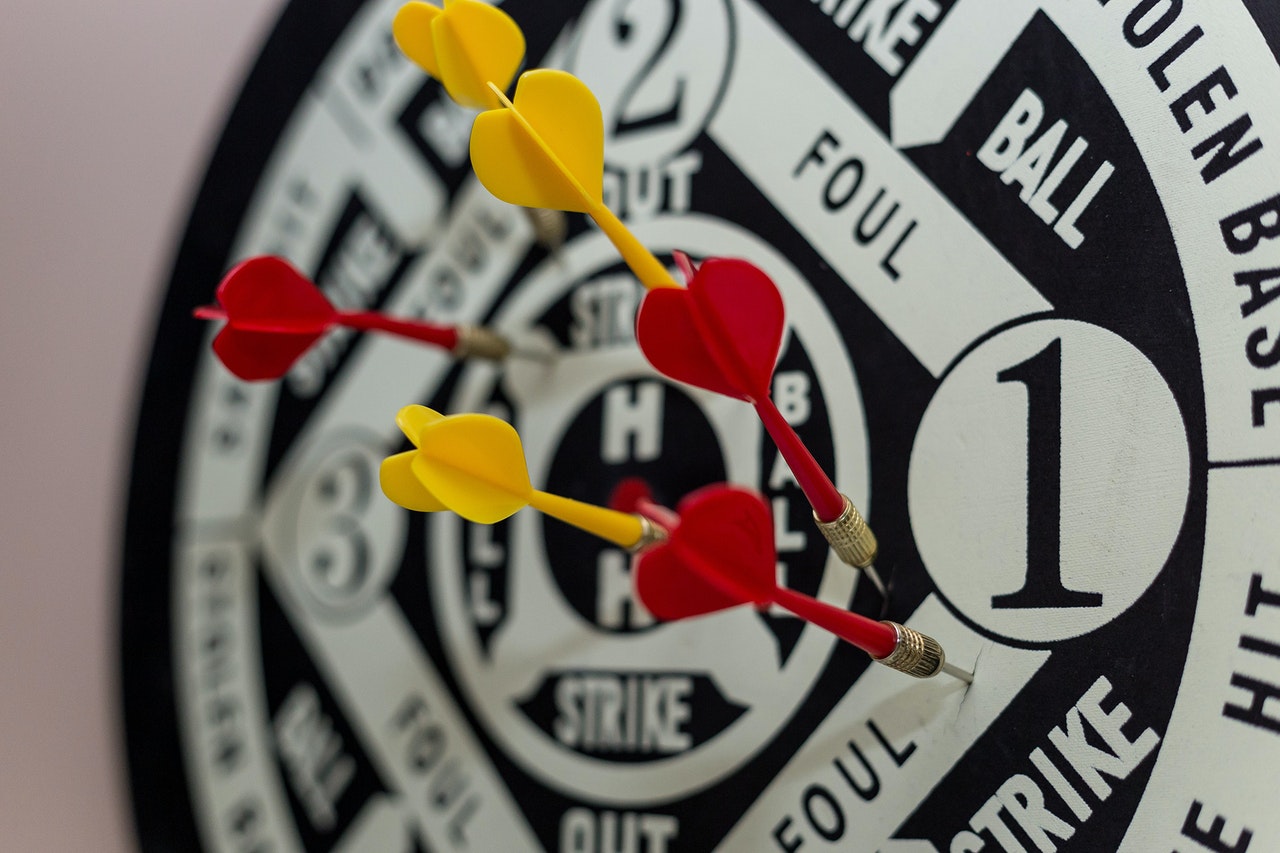
Best practices for trade show follow-up
We have many customers who go to trade shows and generate a lot of interest in their products or services. Here is a link to a case study of how we helped one customer. Below is an article that describes various ways to follow up.
Trade shows continue to be one of the most efficient ways to introduce new products to large groups of existing and potential customers—because thousands of qualified buyers come together to hear what you have to say. And trade shows are a great opportunity to make connections and interact one-on-one with customers. For many companies, trade shows are about nurturing relationships with existing customers and generating leads to create new relationships.
Making the most of trade shows takes significant resources—time and budget. You’re already investing in being at the show, but the question is, how can you make sure you’re making the most of this investment after the show?
Here are four tips to build stronger relationships through strategic trade show follow-up:
Quickly connect after the show
Once the show is over and your customers have returned home, it’s back to the grind. Your customer’s attention will be on a variety of job concerns and purchasing your product or service may be at the bottom of the list. Maintain the momentum you’ve built during the show—and keep your company top of mind—by making contact with customers within two weeks of the end of the show. This can be with a direct mail piece that’s been designed and is ready to print, an email that you’ve pre-built in HTML or phone calls from sales reps for a select group of customers. In fact, it’s likely to be some combination of these tactics depending on the customer.
Take action: Develop a communication plan before you head to the show so you’re ready to keep the conversation going.
Get personal for better returns
Trade shows attract thousands of attendees to visit hundreds of exhibitors covering tens of thousands of square feet of convention center space. Make your customers feel like more than just a number by showing them they stood out to you. A good lead retrieval device will allow you to capture additional data when scanning a visitor’s show badge. Some devices even have voice-recording functionality. Take an extra 10 seconds to make note when a customer is attending a specific booth event, such as a happy hour or presentation. Then use this information to personalize the follow-up communication; according to a Pardot study, businesses that use personalized messages see a 19% increase in sales.
You can make it really personal with one-to-one connections via social platforms such as Twitter and LinkedIn. The information you gather on booth activities and event attendance can give you a conversation starter.
Take action: Set the expectation with employees at the booth and those coordinating events that you want better data. Request that every badge be scanned at every opportunity.
Make it relevant
Customers go to trade shows looking for information and are open to conversation. It’s a relaxed, fun environment. But after the show, they’re back to business and you’re encroaching on their precious time. Make sure your follow-up includes valuable information and is more than a thank you for visiting your booth. When you offer relevant content they can’t get elsewhere, such as a white paper on a hot industry topic, you increase the likelihood your communication will be read.
Take action: Take your connection one step farther by making your follow-up personally relevant. If you know a set of customers attended a specific presentation in the booth, send a more targeted follow-up piece specific to that topic.
Have a long(er)-term plan
As you’re developing your communication plan prior to the show, make sure you think beyond a single follow-up piece. Create a cadence of information, and plan your next three to five customer touch points. It’s much easier to continue a conversation than to rekindle one that has died out.
Take action: Consider a marketing automation tool that will help track, score and prioritize leads and take some of the burden off sales—allowing reps to focus on the hottest prospects prime for business.
You invest a lot of time and money on trade shows; they’re a big investment for a big opportunity. Consider these four tips as ways to extend the reach of a trade show and make the most of this opportunity to forge new customer relationships, deepen those that exist—and drive an ongoing conversation about your brand.
https://www.capstrat.com/posts/best-practices-trade-show-follow-/
slot gacor
situs togel
slot resmi
toto togel
situs toto
situs togel
rtp slot
toto hk
toto togel
situs toto
situs slot
situs toto
situs toto
